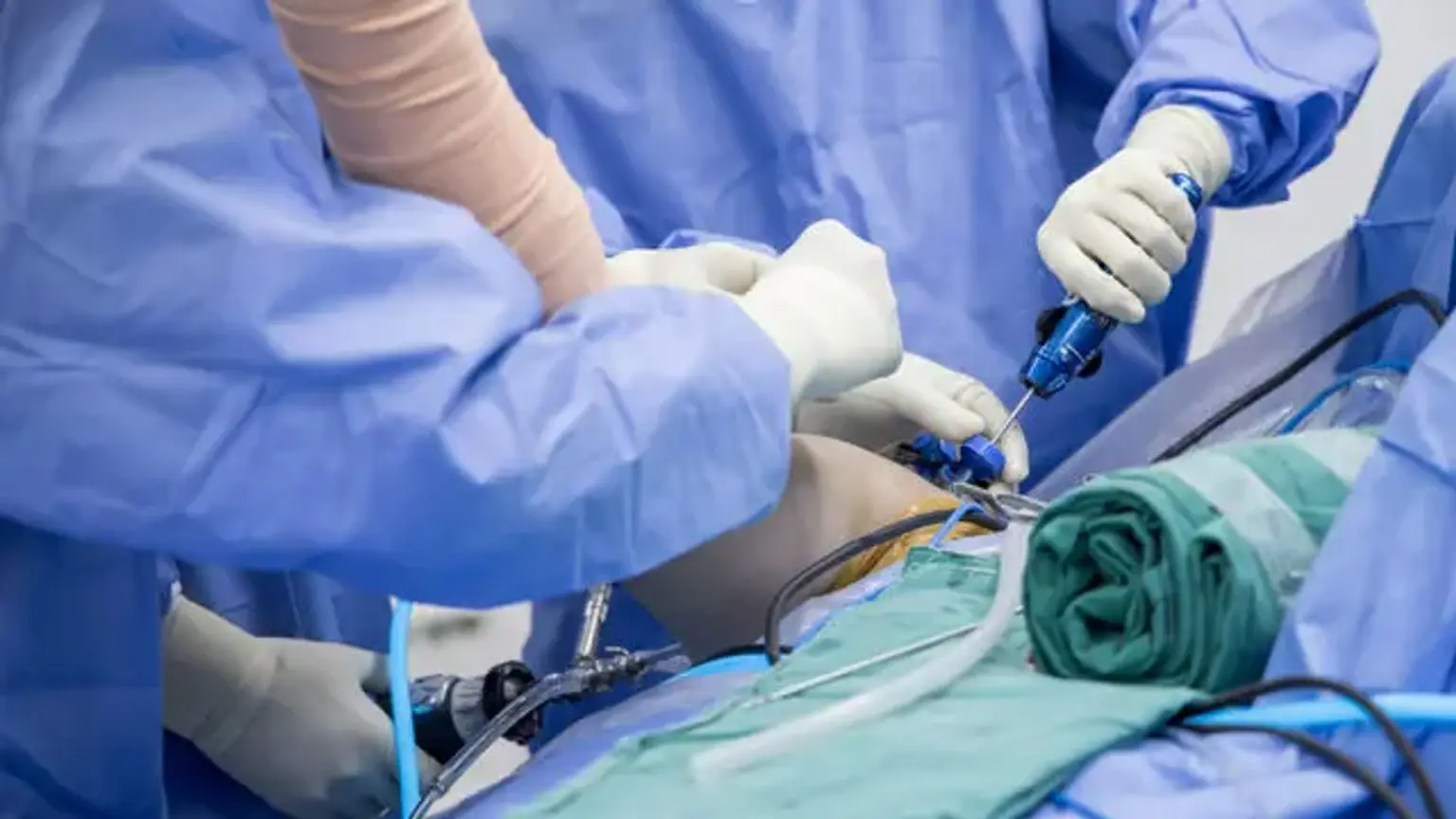Introduction
Shoulder arthroscopy is a minimally invasive surgical procedure that allows orthopedic surgeons to diagnose and treat shoulder problems without making large incisions. Using a small camera called an arthroscope, surgeons can view the inside of the shoulder joint on a monitor and perform repairs through tiny incisions. This technique is known for its faster recovery, smaller scars, and reduced risk of infection compared to traditional open surgery.
Arthroscopy is commonly used to treat conditions like rotator cuff tears, shoulder impingement, and labrum tears. As technology improves, this procedure has gained popularity for being highly effective and much less traumatic for patients.
Why Choose Minimally Invasive Shoulder Arthroscopy?
Choosing minimally invasive shoulder arthroscopy offers many advantages over traditional shoulder surgery.
Smaller Incisions: Instead of a large incision, the surgeon makes a few small cuts, which leads to quicker recovery and less visible scarring.
Lower Risk of Infection: Because the incisions are smaller, the chances of infection are reduced.
Faster Recovery: Many patients can go home the same day, and the recovery time is often shorter—typically just a few weeks to a few months, depending on the condition treated.
Less Pain: Since the procedure is less invasive, it often results in less postoperative pain compared to open surgery.
Overall, this technique provides a less invasive approach with faster recovery, making it ideal for those who want to return to their daily activities quickly.
